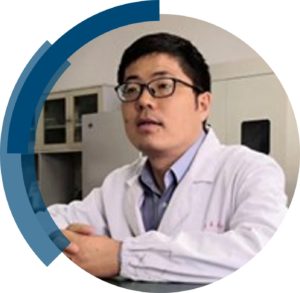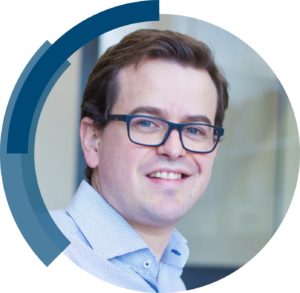We are excited to share the success of Yuanting Su’s first-time independent article in ChemComm; ‘Crystalline radical cations of bis-BN-based analogues of Thiele’s hydrocarbon‘ included in the full milestones collection.
Read our interview with Yuanting below.
What are the main areas of research in your lab and what motivated you to take this direction?
The main interests of our group are focused on the isolation, characterizations, and reactivity of novel main group species, including geometrically constrained compounds and di(poly)radicals. Recently, most of the stoichiometric and catalytic small molecule activations involve transition metal complexes. Additionally, organic radicals have potential applications in functional materials. We believe that main group species with suitable electronic and steric effects could also solve these problems and have their advantages.
Can you set this article in a wider context?
Thiele’s hydrocarbon, the first isolable organic diradicaloid reported by Thiele in 1904, has been widely used as a calculated model to investigate the interaction between two unpaired electrons. However, itself and its radical cation are highly reactive, preventing further investigation and practical application. Despite various analogues of Thiele’s hydrocarbon have been isolated, structurally characterized radical species derived from them are still limited and radical cations of bis-BN-based analogues have not been reported. In this paper, we demonstrate that air-stable bis-BN-based analogues of Thiele’s hydrocarbon have been facilely synthesized by one-pot reaction of bromoborane (HCDippN)2BBr with KC8 in the presence of half an equivalent of pyrazine or quinoxaline in toluene. Moreover, one-electron oxidation with AgSbF6 leads to their radical cations, which could be isolated as crystalline solids. The unpaired electron is greatly delocalized over the central linkers. Therefore, reduction of the halogenated borane in the presence of pyrazine and derivatives is a straightforward way to achieve BN-based analogues of Thiele’s hydrocarbon with multiple stable redox states. This strategy may allow access to novel open-shell diradicaloids or polyradicals.
What do you hope your lab can achieve in the coming year?
Make progress in the construction of novel main group species for small molecule activation and functional materials.
Describe your journey to becoming an independent researcher.
When I was an undergraduate, my research experience with Prof. Suna Wang at Liaocheng University inspired me to pursue an academic research career. After graduation from the group of Prof. Xiao-Juan Yang and Prof. Biao Wu at Lanzhou Institute of Chemical Physics, where I learned a lot of knowledge and techniques on organometallics chemistry and characterizations, I joined the group of Prof. Xinping Wang at Nanjing University and studied the isolation of main group element radicals. Then, I was offered a Research Fellow position in Prof. Rei Kinjo’s group at Nanyang Technological University, where I expanded my research area into the small molecule activations by novel main group element species. I was fortunate to meet such kind and professional chemists, whose strong support helped me to become an independent researcher.
What is the best piece of advice you have ever been give?
You can neither rewrite your past nor predict your future. The best thing you can do is holding the present.
Why did you choose to publish in ChemComm?
ChemComm combines the traits of wide readership, rapid publishing, and high quality.
 |
Yuanting Su received his BSc Degree from Liaocheng University in 2009. Then, he moved to Lanzhou Institute of Chemical Physics, CAS and obtained his MSc Degree in 2012 under the guidance of Prof. Xiao-Juan Yang and Prof. Biao Wu. He earned his PhD in 2015 from Nanjing University under the supervision of Prof. Xinping Wang, studying the isolation of main group element radical species. He stayed as a Research Fellow at Prof. Rei Kinjo’s group at Nanyang Technological University (Sep. 2015 to Sep. 2019), Singapore, focusing on small molecule activation by main group element compounds. In Nov. 2019, he joined the College of Chemistry, Chemical Engineering and Materials Science, Soochow University as an Associate Professor. His current research interests are new main group species and their applications in small molecule activation and functional materials. |
Explore more ChemComm Milestones news and updates on our Twitter: @ChemCommun













